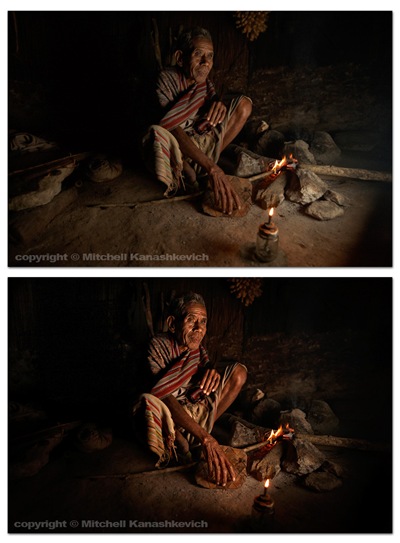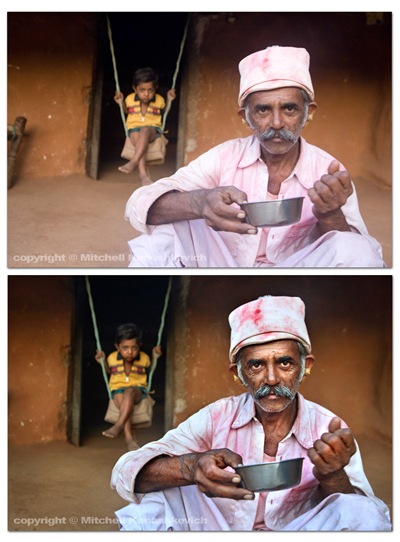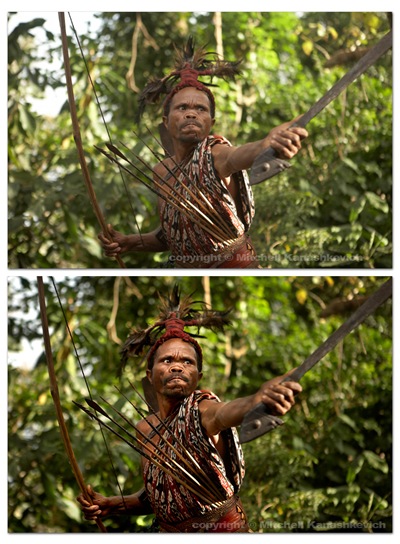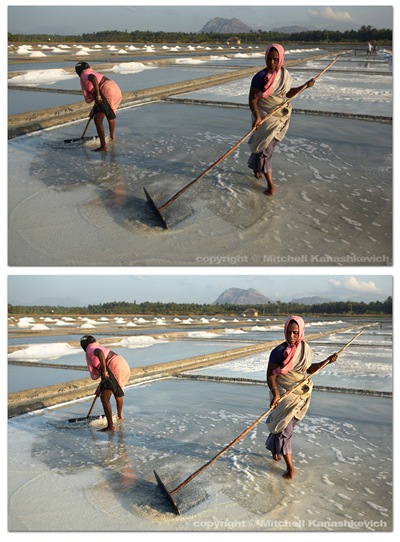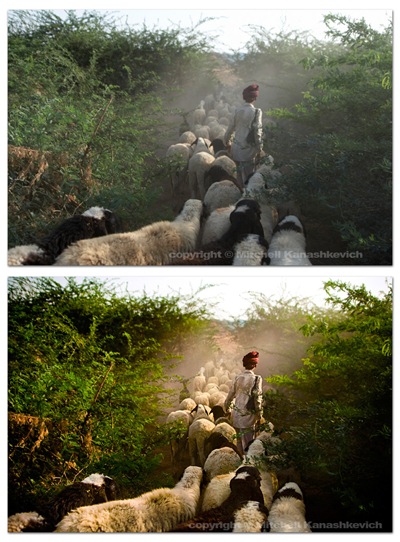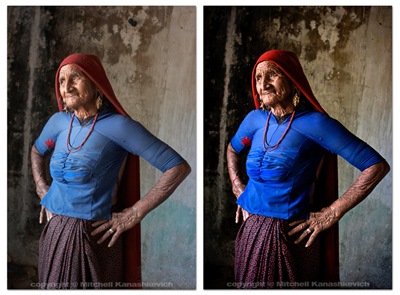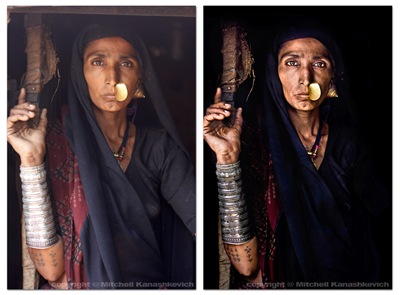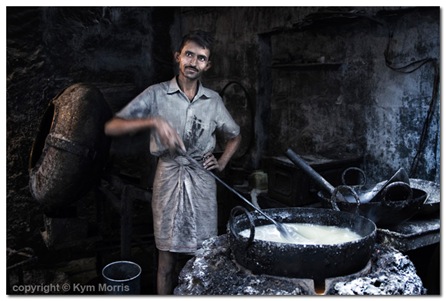 I know that I’m not posting to the blog very consistently, but hey, it’s challenging to think up meaningful content, while you’re also busy doing many other things. I’ll get better.
I know that I’m not posting to the blog very consistently, but hey, it’s challenging to think up meaningful content, while you’re also busy doing many other things. I’ll get better.
About the above photo - “Jodhpur Sweets-Maker”. It belongs to Kym Morris, the talented young woman who joined me for a private photo workshop around off-the-beaten-track Rajasthan. This was my favorite image of hers from our workshop. I remember that I was a little surprised when she showed it to me.
It’s not like Kym was clueless before the workshop, she already possessed a certain kind of vision, the stuff she was shooting was not captivating, but solid and the potential shone through. Once the workshop started I could see improvements every couple of days, but then in the final few days of the workshop I saw this shot and it was a few levels above anything else.
To me the image is the accumulation of much of what I tried to get across during the workshop (in regards to photographing on the streets) and that’s why I was so proud to see it. The things I spoke about – recognizing a photogenic situation, textures, color harmony and soft natural light – they are all here. On top of that there’s even a little motion blur in the hand, that makes the whole thing really come alive.
I guess some photography enthusiasts just need to be put onto the right path, then everything clicks and a transformation occurs. These are the people who can benefit most from a workshop (not just mine, I already mentioned some guys that I respect on my blog) and these are the photographers, Kym included, who I feel could find success photographing professionally.
Kym does not have a website yet, but she has a couple of images on "Onexposure". I'm sure there will be more soon.
I’m thinking that it may be worthwhile to do a workshop in Indonesia next – Bali to East Java. This trip would really focus on what it’s like to be a travel photographer. The locations would vary, from tourist hotspots and spectacular landscapes like the Bromo volcano to absolutely unknown gems and photographing traditional villagers and fishermen.
These parts of Indonesia have lots to offer, just as much as India in many respects. Again I’d either make it a private workshop or something very small scale. My whole thing is reducing any impact on traditional villages. The last thing I want is more children running up to foreigners and screaming demands for pens, chocolates and money.
Once everything is in place, I’ll have the info on my website. Anyone who thinks this may be a thing for them, contact me here or via the email on my website. It’d definitely be a journey-of-a-lifetime type of experience.
To all those who have enquired about a post-processing tutorial – If I make one, I would like to make it rather good, spend a bit of time on it, go into detail. There’s some theory that I think is very necessary to understand before going crazy with new PP techniques and I’d like to touch up on it. There are just too many people replicating catchy post-processing techniques that just scream at you, but they’re doing it all wrong, without understanding. I don’t want to encourage that with my tutorials.
Anyhow, the tutorial would have illustrations, step-by-step how to, examples and a few words that touch up on the “Why?”. It’d take me some time to make one and I figure that charging from US$10-15 for a PDF would not be unfair. The money ain’t much for knowledge, but goes a long way for someone traveling around Asia - US$10 is basically a day’s worth of budget traveling in India:).
If anyone thinks that this way of delivering the tutorial is not a bad idea – tell me. If you think it’s rubbish, well, also tell me.
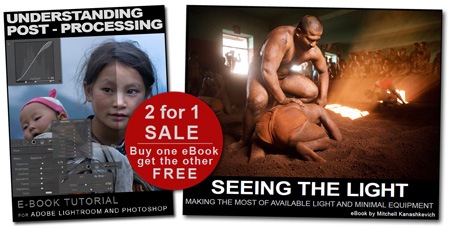 I’m holding a SALE for both of my eBooks this week. You buy either one of them and you get the other free. So, folks, anyone who hasn’t got these yet, now’s your chance. The offer lasts from November the 7th to the 14th.
I’m holding a SALE for both of my eBooks this week. You buy either one of them and you get the other free. So, folks, anyone who hasn’t got these yet, now’s your chance. The offer lasts from November the 7th to the 14th.

